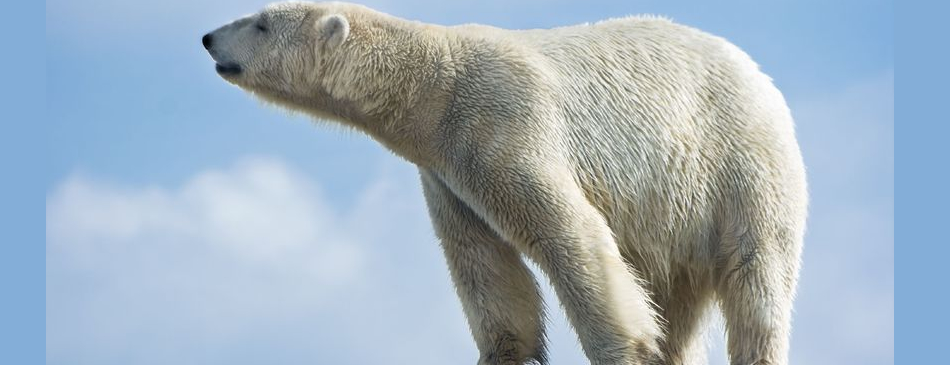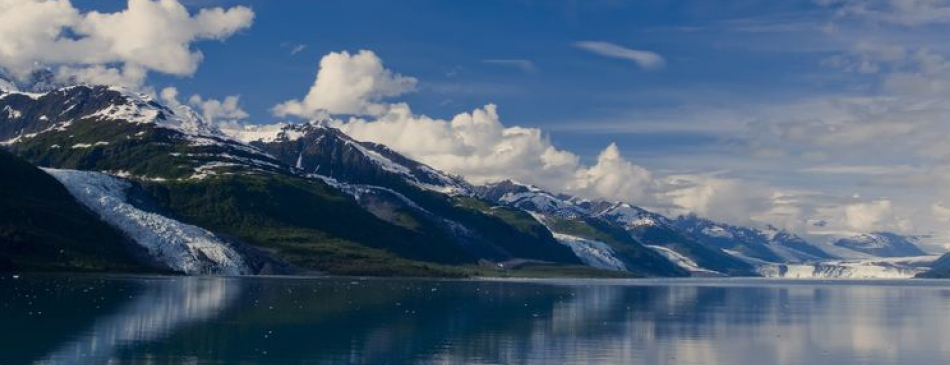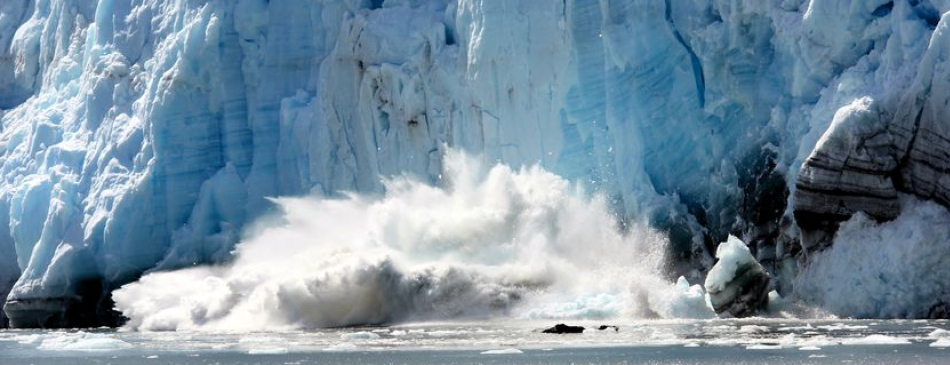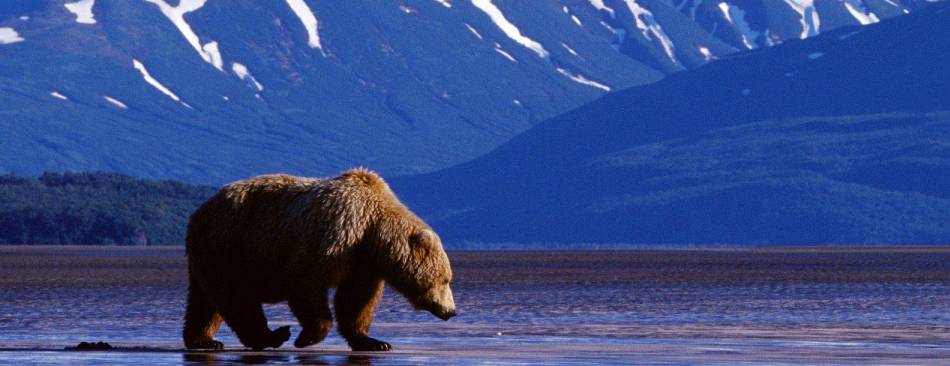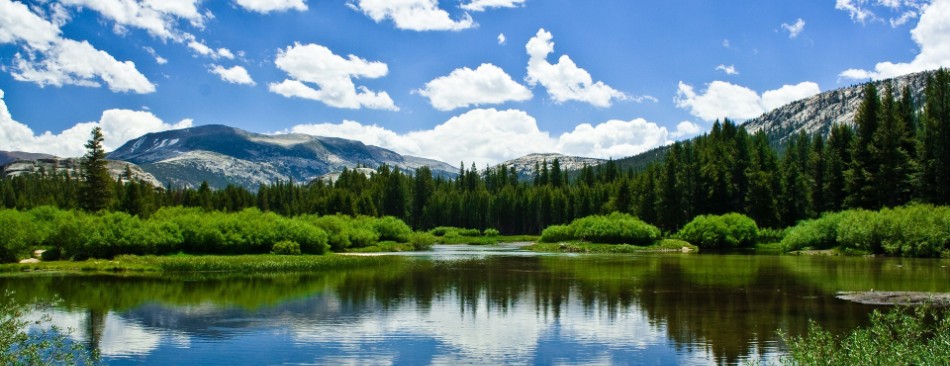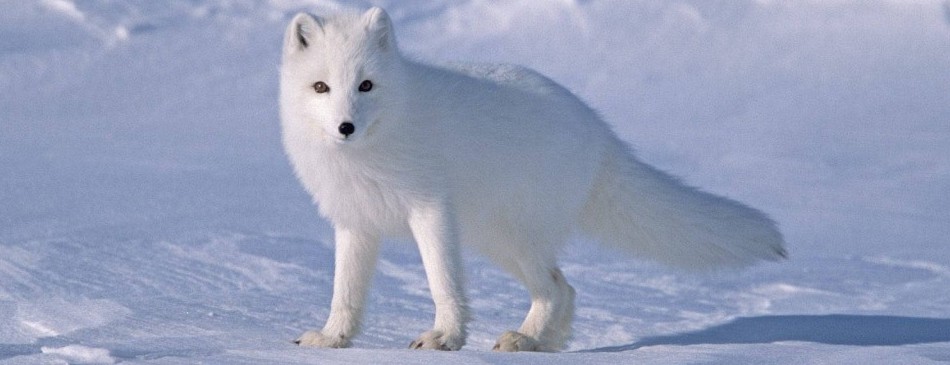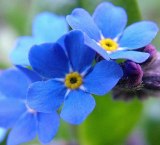Because of the climate, Alaska has only a small amount of native amphibians. Alaska is home to two frog species, the Columbia Spotted Frog and the Wood Frog. The Western Toad also calls Alaska home. Roughskin Newts, Northwestern Salamanders, and Long-toed Salamanders round out the list of amphibians native to Alaska.
Adult frogs and toads lack tails and have hind legs that are larger and more robust than the front legs. Most have a well-developed ear and a voice used to attract mates, drive off intruders, and signal distress. Salamanders, like frogs and toads, typically have moist, soft skins and lack claws and scales. Unlike frogs and toads, the front and back legs of salamanders are similar in structure and essentially equal in size, and a tail is present even in adults.
Columbia spotted frogs are light to dark brown, gray, or olive green with dark spots on the back, sides and legs. The number of spots and spotting pattern varies. Adult body length is 46 to 90 millimeters (1.8 to 3.5 inches). Spotted frogs breed during a short, two-week breeding window anywhere from early April to early June. Eggs are laid at the water surface Tadpoles are approximately 8 to 10 millimeters (.3 to .4 inches) in length at hatching. Metamorphosis usually occurs from late July until freezing weather. The lifespan of spotted frogs can be seven to nine years.
The Wood Frog's staccato voices can make a wilderness muskeg bog as loud as a city street, even though most are so small they could sit in a coffee cup without scraping their noses. The wood frogs were able to adapt to Alaska's extremes primarily because of their ability to quickly change from tadpole to frog before water freezes in the fall. During winter in Alaska, the wood frog freezes so that it looks like a frog-shaped piece of ice. While frozen, the frog stops breathing, its heart stops beating, its blood stops flowing, and it cannot move. However, when spring arrives, the frog’s body thaws and the frog returns to normal life. When the frog’s feet begin to freeze, its liver releases lots of glucose into its blood stream. Much of this glucose enters the frog’s cells and acts like antifreeze to prevent them from freezing.
The Western Toad is squat and chunky, with short legs, numerous warts, and dominant parotoid glands at the back of the head. It can vary in color from brown, green or gray above, and white with dark mottling below. There is a conspicuous light-colored stripe running down the middle of the back. The hind feet have two large, rubbery knobs on the heel for digging. During breeding, males may emit a soft, birdlike clucking call in response to other males. In Alaska, these toads are common and widespread on the mainland and islands of Southeast Alaska, northward along the Gulf Coast to Prince William Sound.
The adult Long-toed Salamander has a slender, smooth-skinned body and long legs and hind toes, especially the fourth. It is typically dark brown to black above with an irregular stripe of yellow, tan or light green running down the middle of the back from head almost to the tip of the tail. Adults measure up to 17 cm (6.7 in.). Long-toed salamanders are found in Southeast Alaska, where it has been reported near the mouth of the Stikine River, Mallard Slough, Cheliped Bay, Andrew Slough, Farm Island, and farther out from the river delta on Sokolof Island. The species has also been collected on the Alaska side of the Coast Range in the Taku River Valley.
The Northwest Salamander is a large, robust salamander with a broad head, pronounced costal grooves, and pitted areas along the rounded top edge on the tail and on the prominent parotoid glands behind each eye. Skin is smooth, uniformly gray-brown above and lighter below, and may have a cream or yellow flecked back. Males become darker than females during breeding season. In Alaska, the larvae may require two years to complete metamorphosis, thus requiring a permanent source of water. The eggs of this salamander are laid in early spring in a single, firm jelly-like mass about the size and shape of an elongated grapefruit and attached underwater to submerged sticks and stems.
The Roughskin Newt is a small 3- or 4-inch amphibian that goes largely unnoticed among us, hanging out in the forest where it keeps house under rocks, logs and leaf debris, or swimming about in a slow moving creek, pond or lake. In spring, newts travel en masse from the forest back to the creek or pond where they have the proper habitat for breeding. If you know a pond where newts are known to visit and can get the timing right, it is possible to see an aggregation of newts in migration. This is triggered in part by rainfall and a temperature around 41 degrees. In Alaska, breeding probably commences in April and continues into June. The toxins of the Roughskin Newt is particularly potent. Toxicity is generally experienced only if the newt is ingested, although there are reports that some individuals experience skin irritation after dermal contact. When threatened beyond their comfort zone, rough-skinned newts will secrete a deadly neurotoxin from glands on their skin. Just one tiny newt delivers more than enough toxin to kill a healthy, adult human if eaten.
|
|
